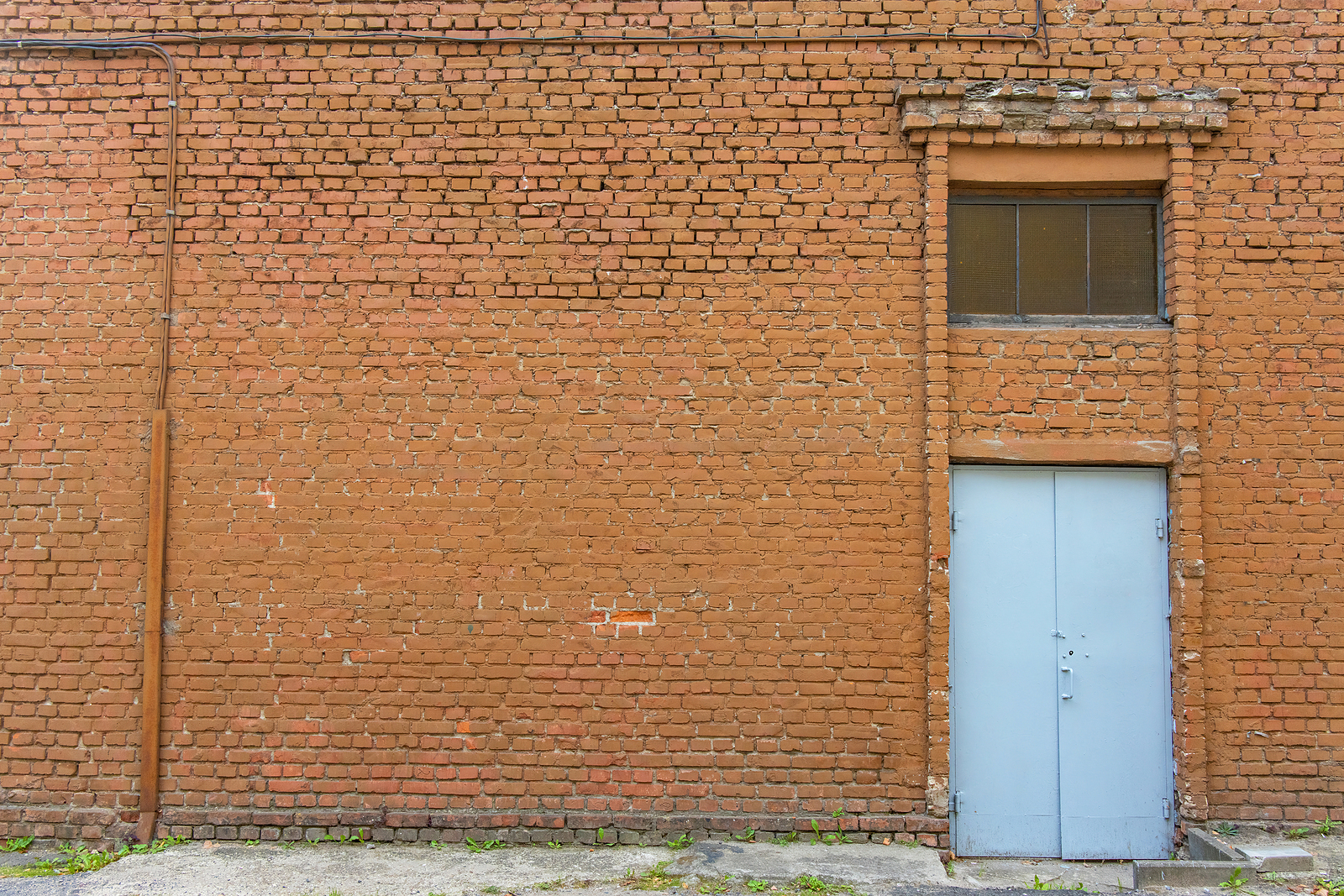Many cities have outdated, abandoned or underused property and struggle to find ways to redevelop it. Often vacant commercial buildings or unused parking lots, redeveloping these types of properties can sometimes offer a good development opportunity. Along with sound city planning, the Iowa Economic Development Authority’s Brownfield/Grayfield Tax Credit can help cities return unused properties to being productive.
Grayfields Defined
Grayfields are abandoned, obsolete or underutilized commercial or industrial properties that have been developed with infrastructure in place but the property’s current use is outdated or prevents a better use of the property. To meet the Code of Iowa Section 15.291 definition, grayfield sites must have infrastructure or improvements that are at least 25 years old with one or more of the following conditions:
- 30 percent or more of a building located on the property that is available for occupancy has been vacant or unoccupied for a period of 12 months or more.
- The assessed value of the improvements on the property has decreased by 25 percent or more.
- The property is currently being used as a parking lot.
- The improvements on the property no longer exist.
Grayfield Tax Credits
One of the biggest impediments to redeveloping vacant or blighted property is the cost associated with clearing debris and preparing the property for redevelopment. To aide cities and provide incentives to developers to redevelop brownfields and grayfields, the Iowa Legislature established the Brownfield/Grayfield Tax Credit Program in 2008. Administered by the Iowa Economic Development Authority (IEDA), the program offers grayfield projects tax credits up to 12 percent of qualifying costs and 15 percent if the project meets green building requirements.
Qualifying sites and projects can apply online to the IEDA’s Community Development Division. Applications include checks to ensure the property qualifies for the tax credit, a description of the project, a breakdown of the project’s costs and the estimated impact of the community improvements, such as the assessed value of the property after completion. Applications are reviewed by the Brownfield Advisory Council, which then makes recommendations to the Economic Development Authority Board. Applications approved by the board enter into a contract with the IDEA that details the tax credit assistance and scope of the project. Projects are expected to be completed no later than 30 months after the board gives approval.
Development Planning
Cities that are considering whether to pursue a grayfield tax credit should first establish a plan for their community. The plan should detail how qualifying properties will be identified and what assistance will be given to developers. In addition to tax credits from the IEDA, some cities provide funding to redevelopment projects through economic development grants and loans. Any such funding assistance should also be part of an overall plan approved by the city council.






